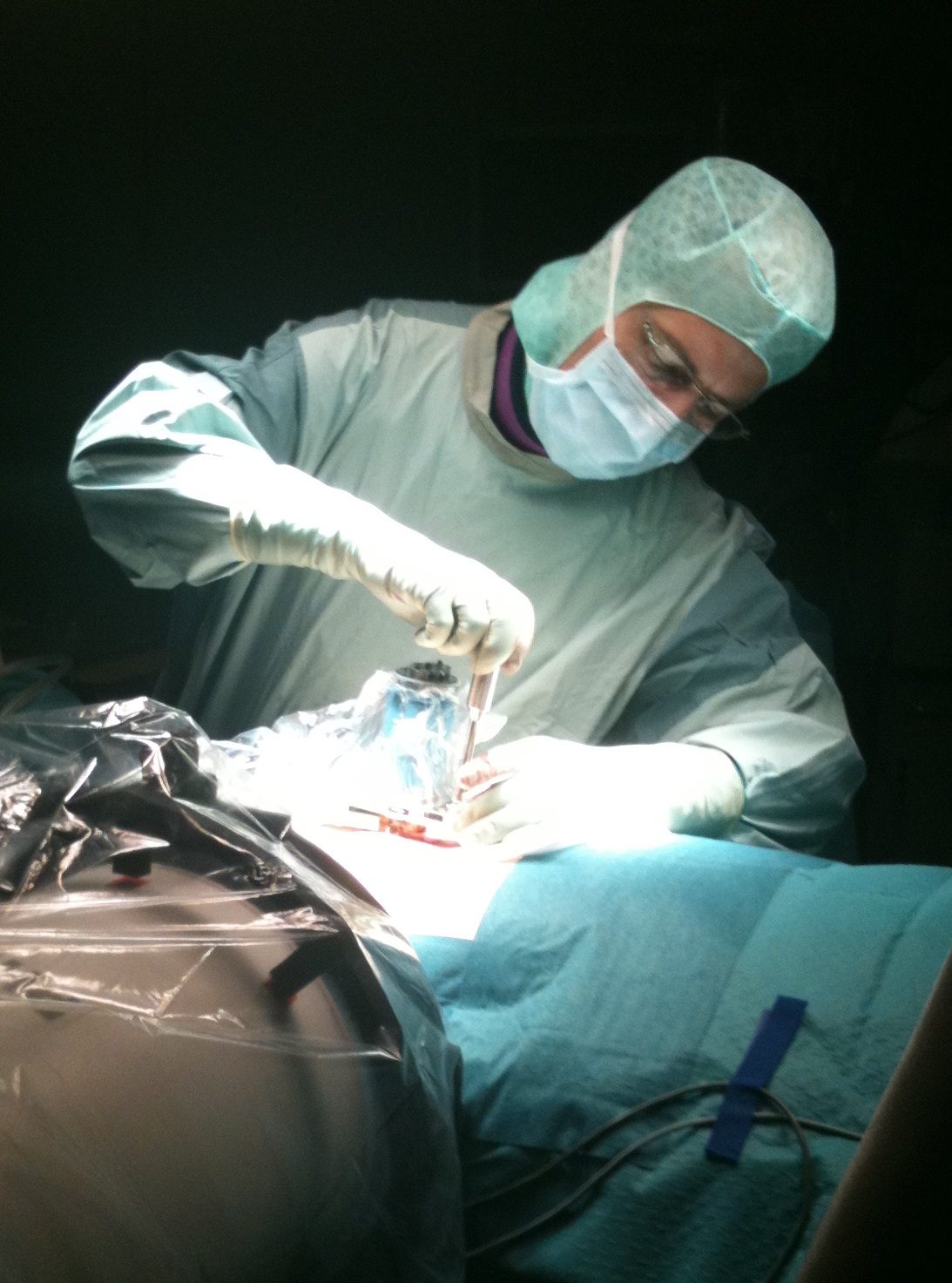
Intervertebral Disc and its Rupture
An intervertebral disc is a fibrocartilageous structure that is located between the vertebral bodies. A ruptured disc also known as herniated disc is a medical condition in which the disc capsule bursts and the inner structure of the disc bulges into the spinal canal. The protruded disc makes pressure onto the spinal nerves and causes a variety of symptoms. The symptoms depend on the degree of the protrusion. The symptoms also differ according to which part of the spine has been affected. In some cases the disc is not responsible for the pressure onto the spinal roots but the symptoms result from the inflammation caused by the very rupture. The symptoms usually withdraw as the disc shrinks after certain period of time.
Causes and Symptoms of Disc Rupture
Degenerative conditions are the leading cause of the disc rupture. The process of aging is another cause. The condition features with severe pain which is sharp and occurs suddenly. The pain is present in the part of the body which is innervated by the affected nerve. For example if a disc presses the sciatic nerve the pain is present in the lower part of the back and radiates towards the ipsilateral groin and down the leg.
The diagnosis of ruptured disc can be set with the assistance of MRI scan of the back. This imaging method visualizes the rupture perfectly. Even CT myelogram can be helpful in establishing of the proper diagnosis.
Surgery for Ruptured Disc
If the condition is not so severe patients require back brace and physical therapy. Both of these will alleviate the pain and reduce muscle spasms.
In case that the symptoms do not withdraw with initial treatment one may need to be operated. The surgical procedure removes the disk or some of its parts. The candidates for the surgery are those with persistent symptoms which include numbness and weakness of extremities. It is best to perform the operation a few weeks after the symptoms have occurred as this way the potential damage of the spinal roots can be prevented.
Luckily, there are minimally invasive surgical procedures available. The disc is in these surgical procedures removed through small incisions.
Still in majority of patients, discectomy is a better option as, it will reduce the pain more efficiently. The only problem is that the disc may protrude once again. Fortunately, even this repeated protrusion can be surgically repaired.
There are two additional surgical procedures that can be performed and they include lumbar fusion and disc replacement.

















Your thoughts on this
Loading...